Stuart Pringle can still boast a full head of hair, which is always a bonus for a chap in his forties. But in his case, it’s genuinely surprising. In fact, it’s a wonder his crop hasn’t turned pure white. Running Silverstone is onerous at the best of times, but in the past year the stress has hit new heights – largely because the playing surface at the self-styled home of British motorsport wasn’t fit for purpose.
Last year, Silverstone was resurfaced for the first time in more than 20 years. To say it didn’t go well is an understatement. Formula 1 drivers were critical of bumps at the British Grand Prix, but that was nothing compared with what happened at the MotoGP in August.
Torrential rain, Silverstone’s most persistent foe, left giant puddles of standing water that made the track unridable. Disastrously, the race was cancelled, leaving 50,000 soggy spectators bereft. The inquest was inevitably damning, ravaging Silverstone’s reputation and its already marginal finances. The only option has been to resurface the track again – and this time, get it right.

So what has this past year been like, we innocently ask managing director Pringle? Silence. “Long… and hard,” he finally answers. “Actually quite emotional.”
His description is almost a stream of consciousness: “We dealt with the cancellation of MotoGP, of keeping 50,000 customers waiting for five hours in the rain, then refunding them all their money – which we gave them back 100% within 28 days,” he adds, with a note of defiance. “That was a mammoth undertaking. Then we began to investigate what had gone on. We had to get this sorted.
“I feel a sense of responsibility in this job,” he adds with sincerity, “to find a sustainable, long-term future here, for the sport you and I love. Last year should never have happened, it must never happen again and we have to get it right.”

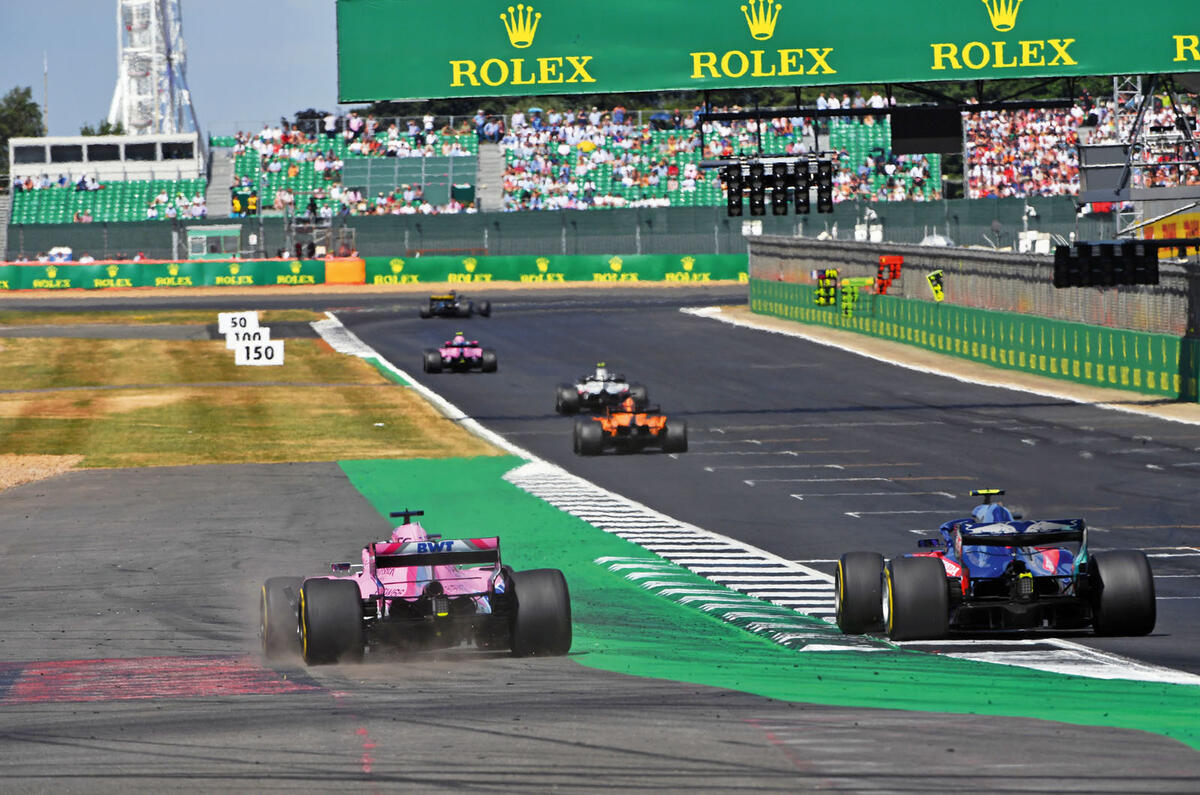

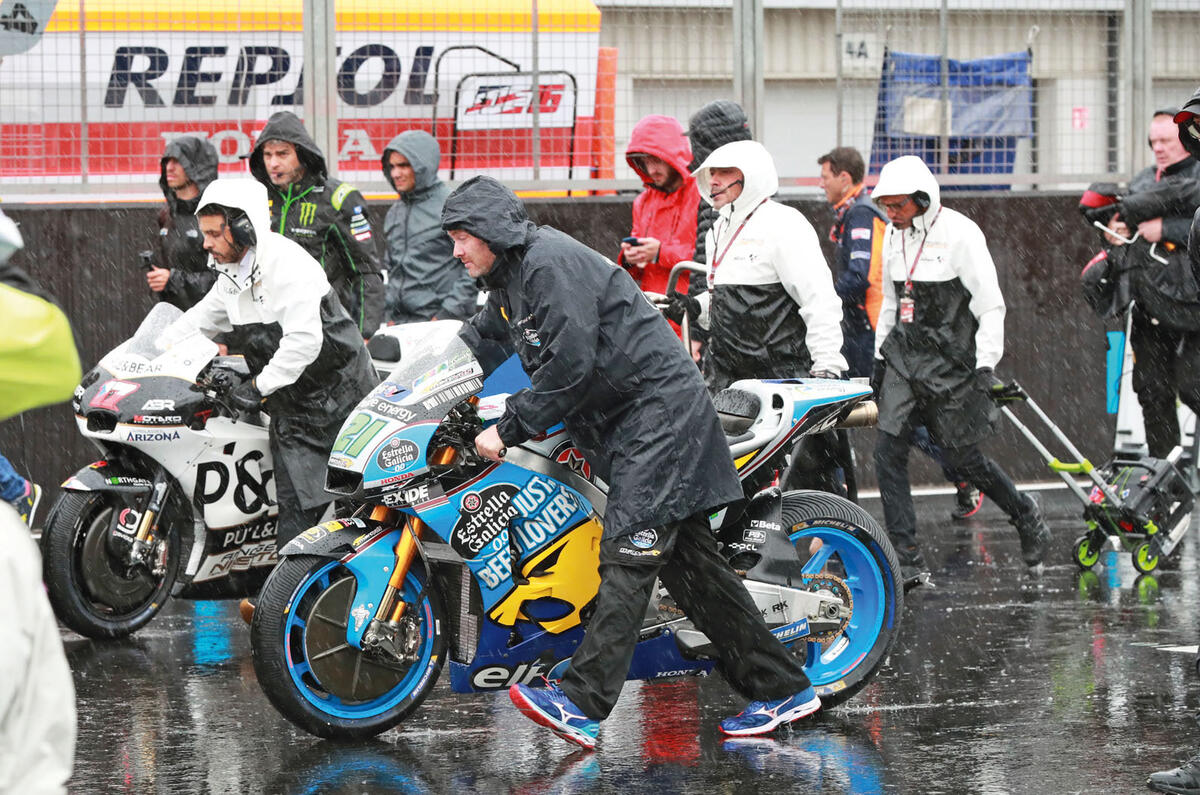

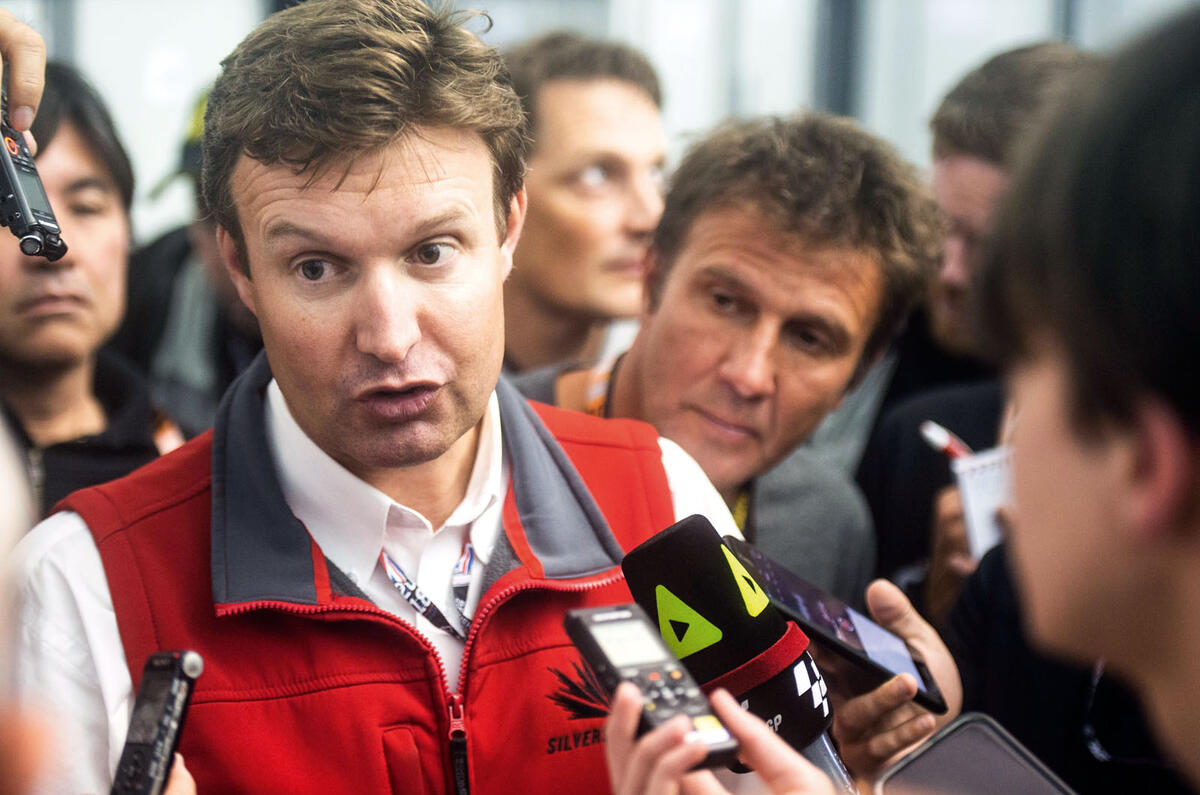
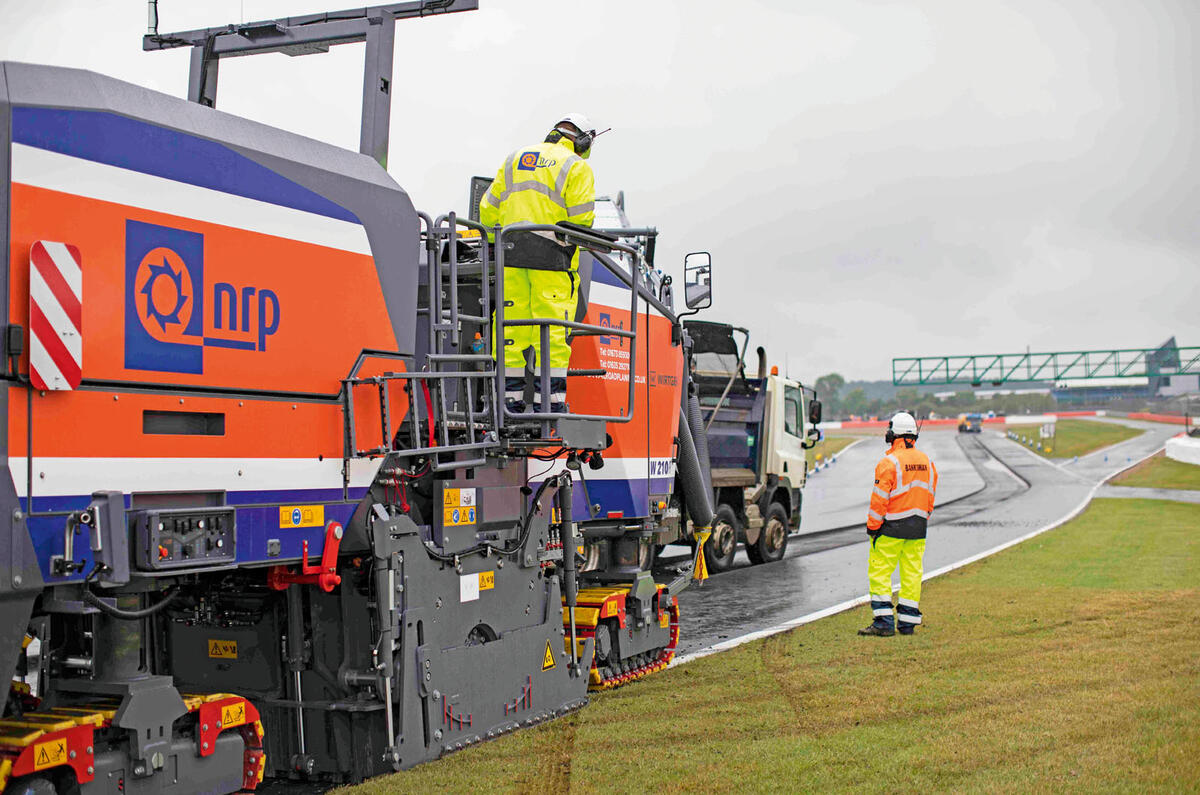
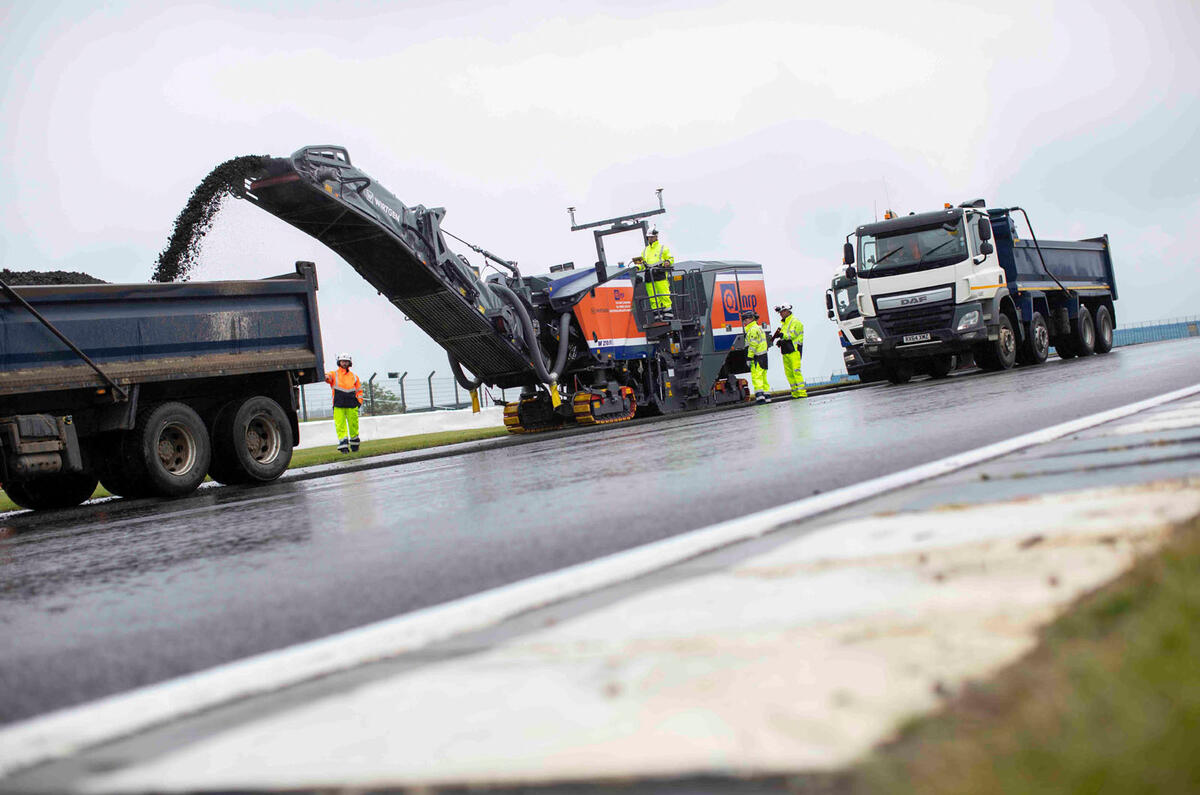
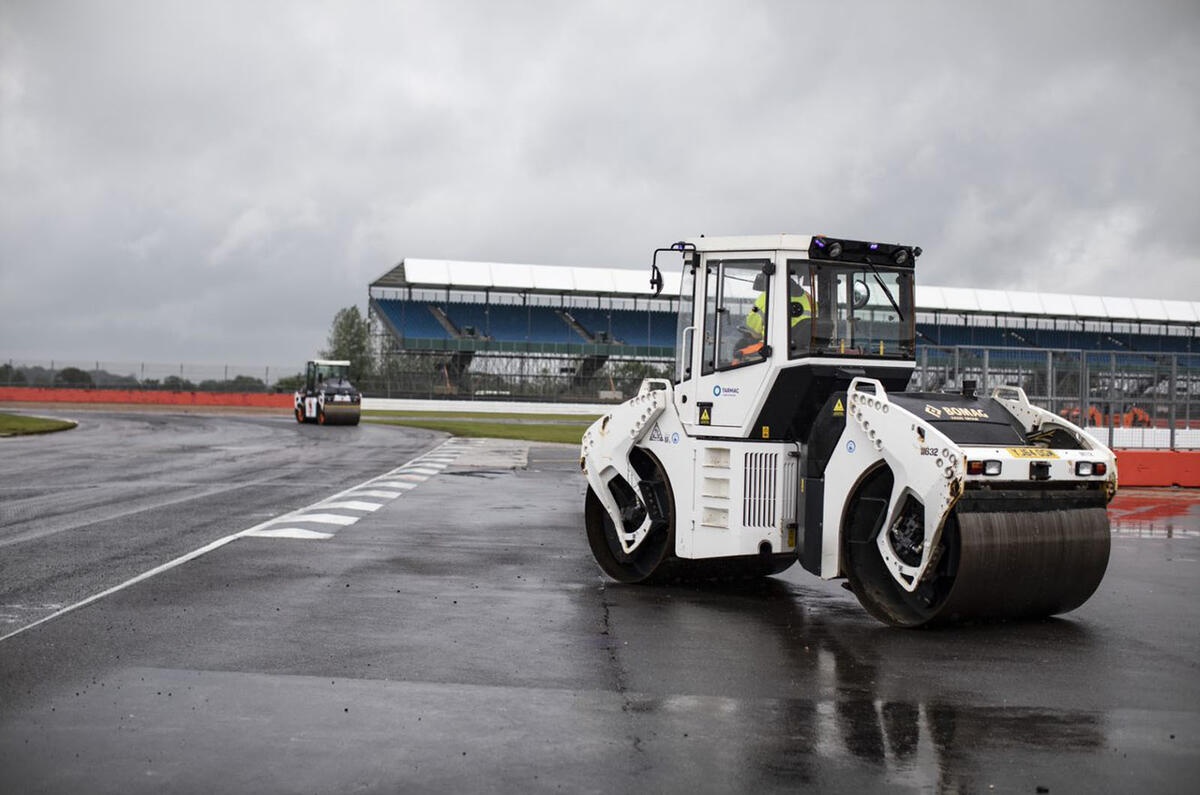
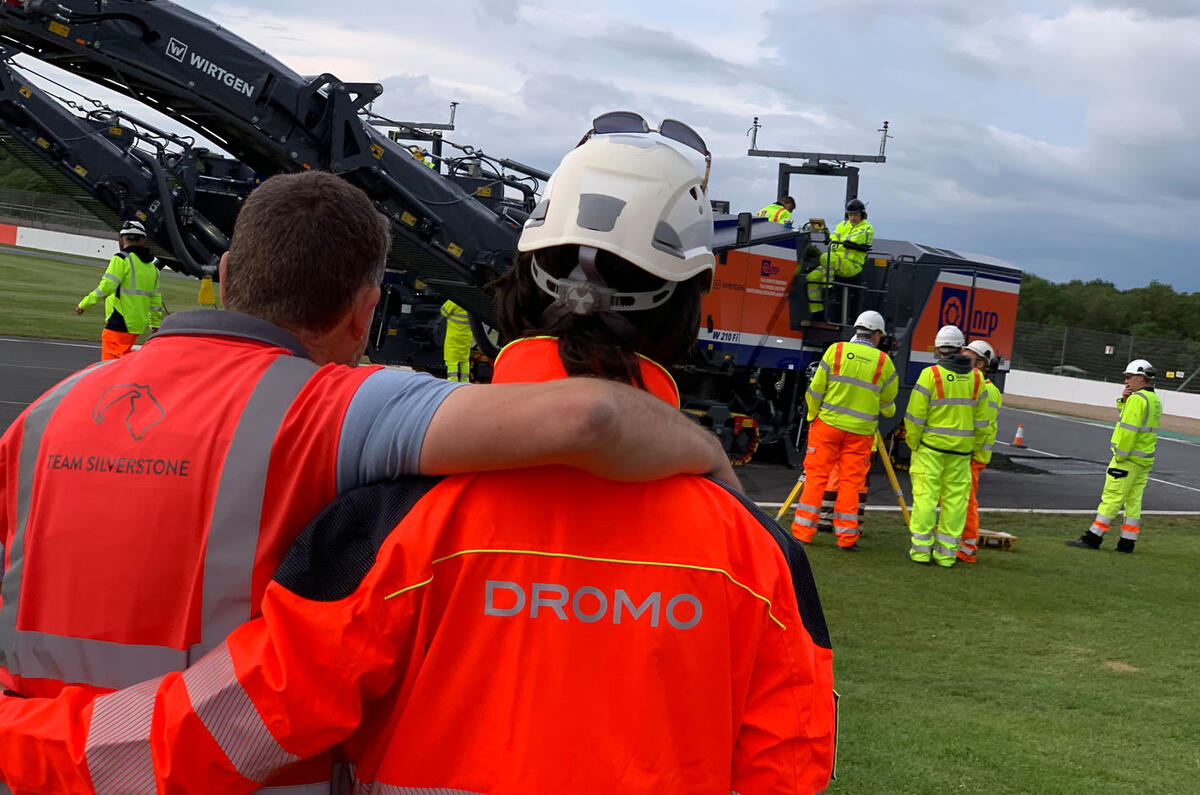
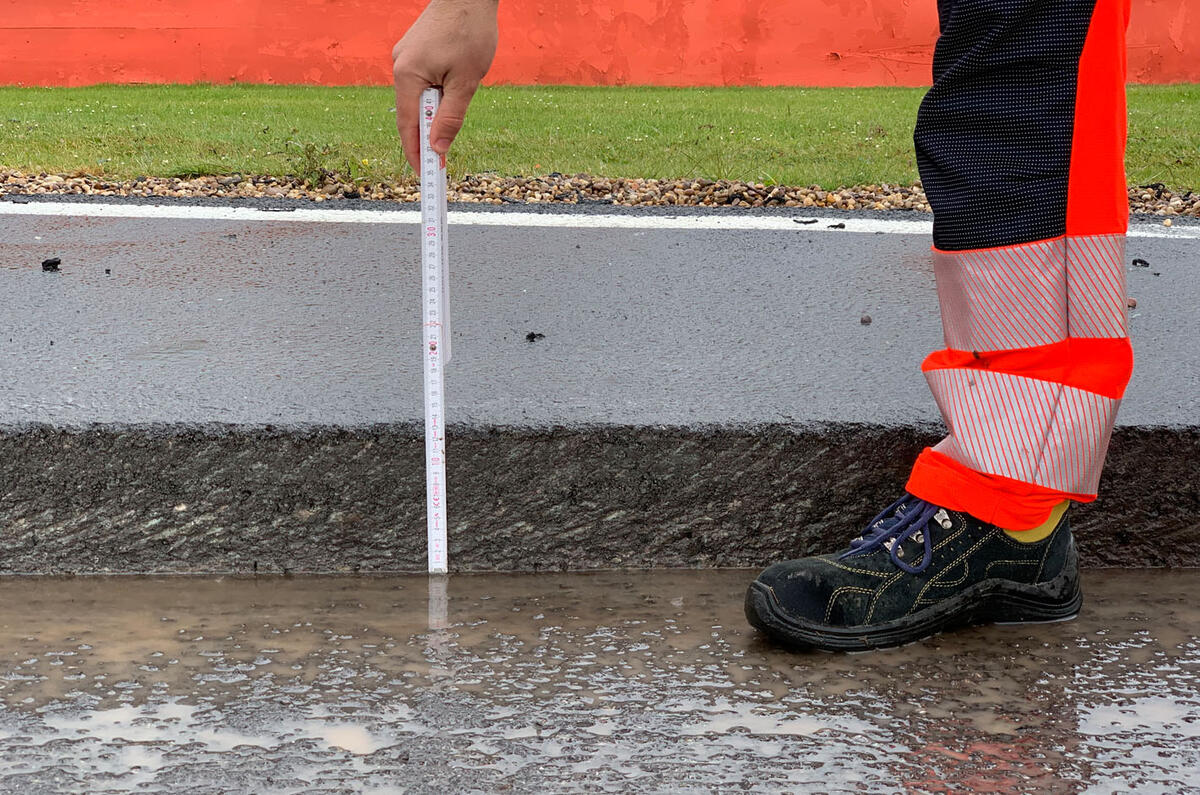
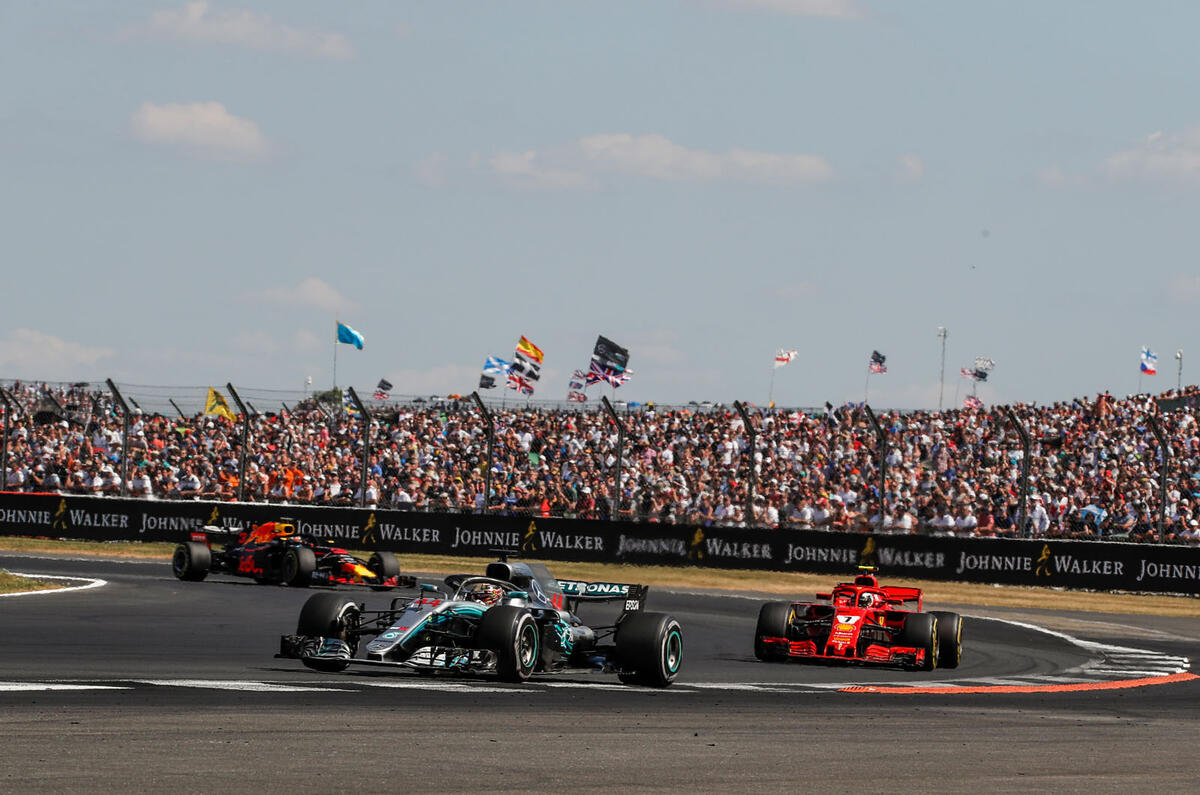
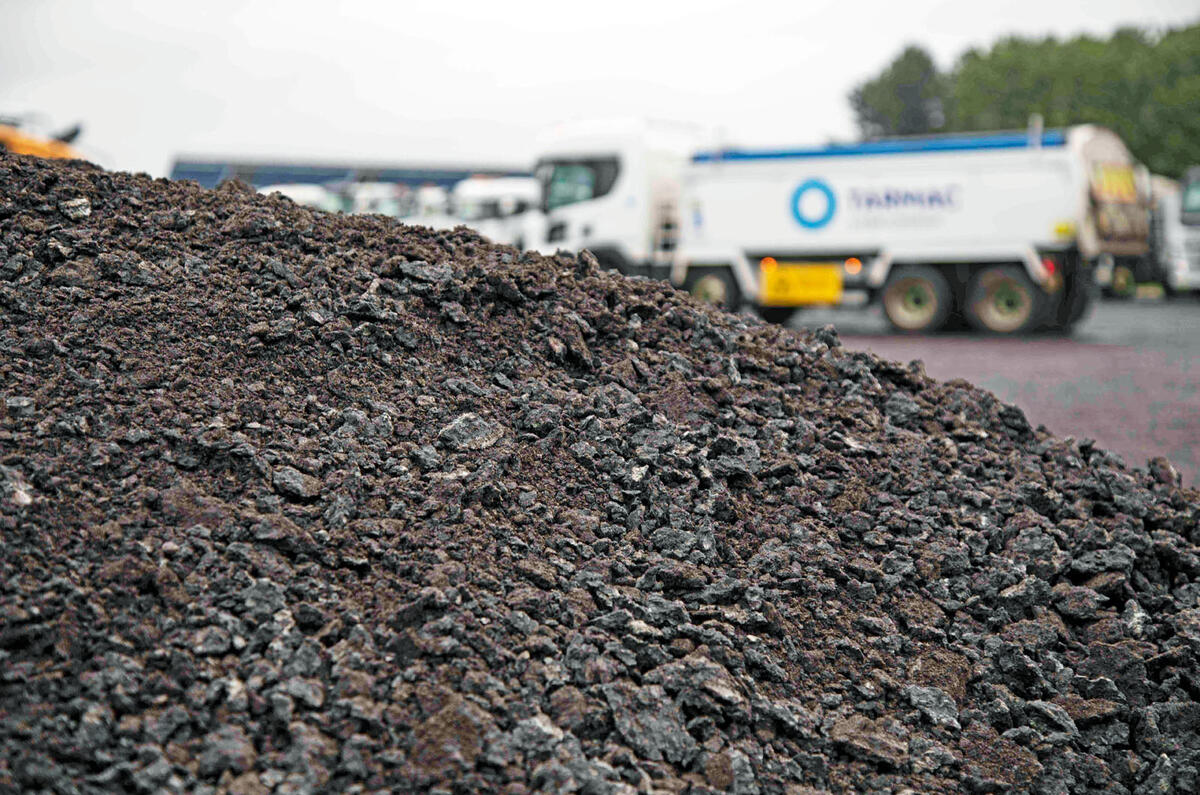
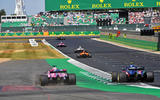
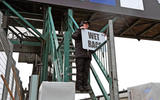

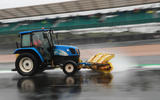

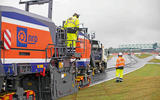
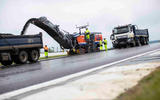
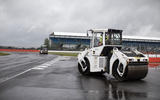

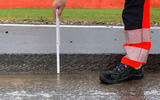

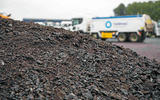






Join the debate
Add your comment
they signed a new 5 year
they signed a new 5 year contract just b4 the race
confused?
Read somewhere that Silverstone was guaranteed till the 2020’s?